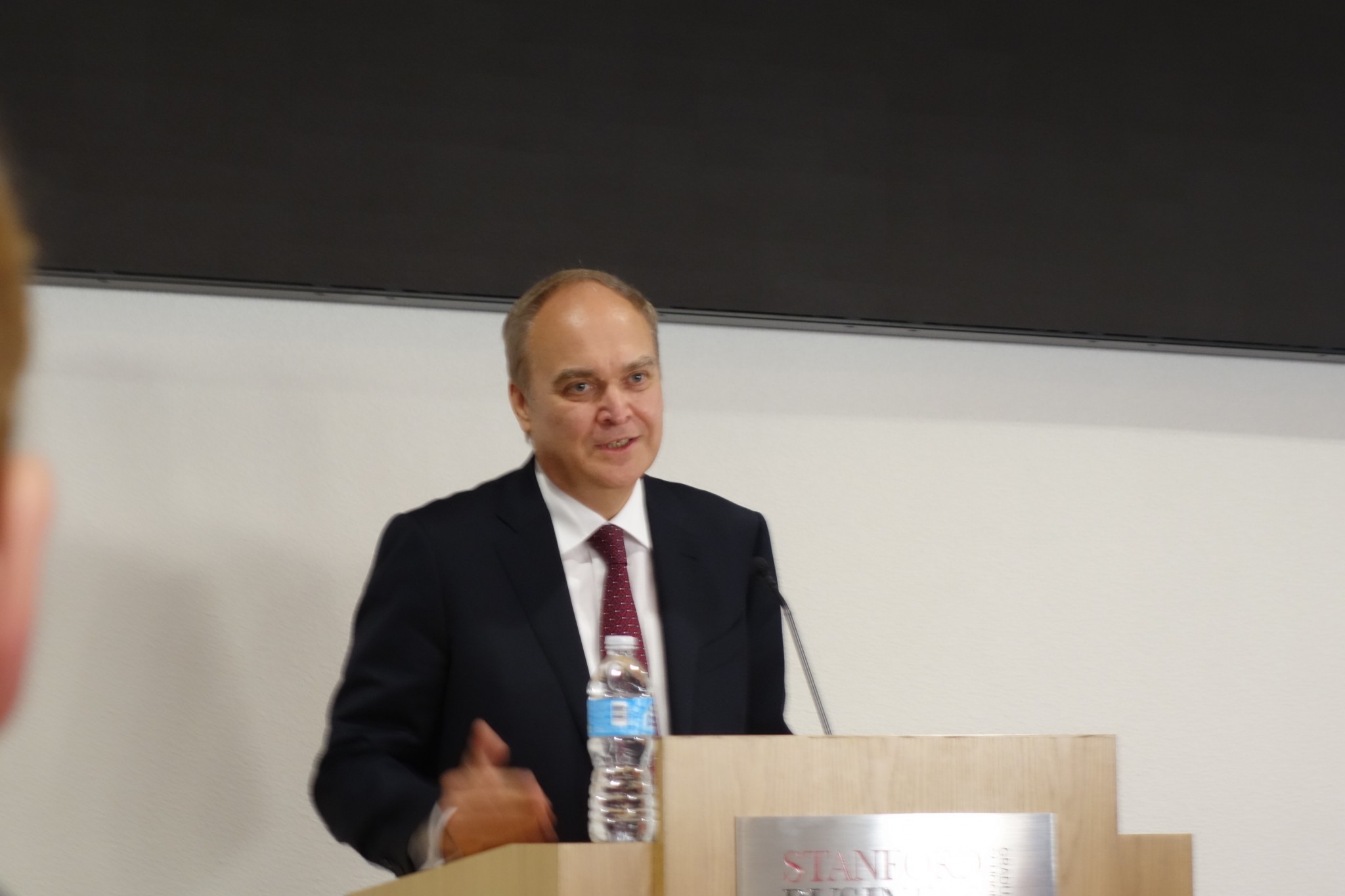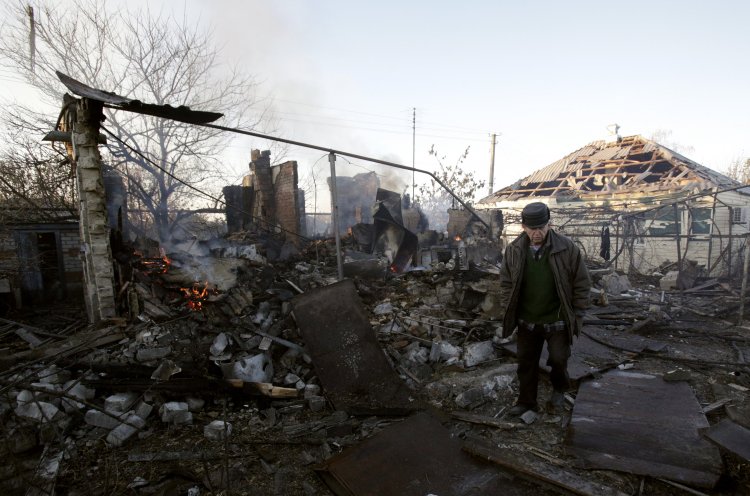The Kremlin should use the moment of the ceasefire collapse in Donbas to use its aviation, cruise missiles, and long-range systems against Ukraine. So stated Mikhail Aleksandrov, the leading expert of the Center of military-political investigations, an institute of MGIMO, the Moscow State Institute of International Relations run by the Ministry of Foreign Affairs of Russia.
The video was uploaded on 16 December 2016 on the video channel of Georgiy Kotenok, a self-described videoblogger filming materials about the "real facts of the world crisis," one day before fierce fighting erupted between Russia's proxy army and Ukraine's armed forces in Donbas near Svitlodarsk, making it the bloodiest conflict
since the summer. Dozens of casualties have been reported from both sides and fighting was ongoing at the moment of publication.
In the video, the political expert presented his option for the "counteroffensive of the Donbas army." According to him, Russia needs to use the moment when Ukraine will "massively violate the ceasefire" to launch a large-scale offensive of the "Donbas forces," supported by Russian aviation, rocket systems, cruise missiles, Iskander missiles.
"Basically, the Syrian option, when the main Ukrainian military infrastructure will be destroyed, the communications center, command center, air defense systems, heavy weaponry. And on the destroyed positions, where mostly the infantry is left with light weapons, the Donbas forces will advance, which basically will clear the territory from the remnants of the Ukrainian army," Aleksandrov shared.
His prognosis is that as soon as Russia launches this full-scale attack against Ukraine, uprisings will start in the country's eastern oblasts and the Ukrainian power will be toppled.
Russians need not worry about economic expenditures, however - the "Ukrainian problem" will be solved with minimal burden on the Russian taxpayer: "Ukraine has enough pro-Russia powers that can easily govern the country by themselves without the presence of our army. [...] There will be enough people there to rule, and they must work for themselves and make their living."
But there are lots of industrial plants that the experts concludes the Russian industry needs too, for example Motorsich, Ukraine's leading engine producer. The deeply intertwined military complexes of Ukraine and Russia, a legacy of the USSR, have made Russia's air force scrambling to find replacements for Ukrainian parts after economic ties were cut with the outset of Russian aggression against Ukraine.
"Economically, we will only benefit, if Ukraine would step out of the oppression of the banderites' power. I think such a scenario should be seriously considered by our government," Aleksandrov concludes, repeating a false Kremlin propaganda myth about extreme nationalists aka "banderites" being in power in Ukraine.
Aleksandrov's biography includes positions in the Institute of the CIA countries, a Moscow-based NGO with the goal of supporting Russian interests in former USSR countries. In 2003-2009, he headed the sector of Caucasus countries, in 2010-2013 - the sector of Baltic countries.
A phone intercept of the conversations of the Institute's director Konstantin Zatulin with Kremlin top adviser Sergey Glazyev, released by Ukraine's Security Service in August 2016, showed that the top Russian authorities were instrumental in financing and directing the separatist movements in eastern Ukraine, as well as the illegal annexation of Crimea, in 2014.
Read more: Ukraine publishes video proving Kremlin directed separatism in eastern Ukraine and Crimea
Political scientist Andreas Umland said that Aleksandrov was sufficiently close to the Kremlin elites to be taken seriously:
"While this does not come from the Russian government, the speaker is sufficiently well-integrated into Moscow's official establishment to be taken seriously. If Russia attacks Ukraine with the same weaponry and ruthlessness that it displayed in Syria, the EU may want to start building large refugee towns for the millions of Ukrainians who could be soon pouring into Poland, Slovakia, Hungary and Romania (or build a large wall from the Baltic Sea to the Black Sea - a la Trump). Another issue worth considering would be the fate of Europe's largest nuclear power plant in Zaporizhzhia as well as Ukraine's three other NPPs."





